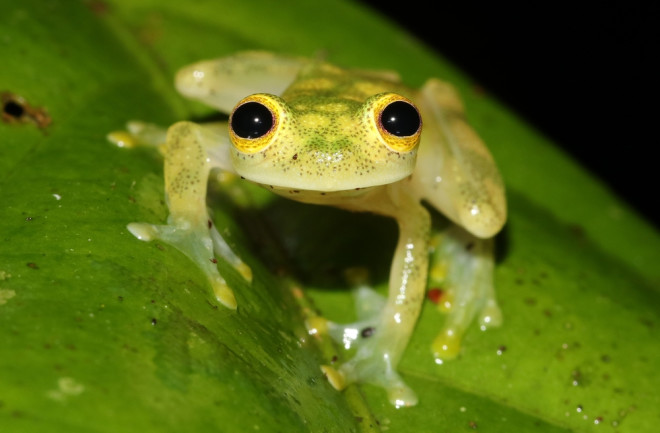With their big eyes and bulbous bodies, frogs are the most adorable of the amphibians. But frogs are also a whole lot more than adorable, being among the most diverse animals in the world. While some spend their time in the trees, others settle in the sand. While some are small, others are substantial. And while some blend into their surroundings, others demand to be seen.
Here are a few froggy facts, and a few of the cutest frogs found around the world today.
Types of Frogs
Representing over 7,600 of the world’s 8,600 amphibian species, the Anura, commonly called the frogs, comprise all sorts of short-bodied, tailless amphibians.
Coming in an assortment of shapes and sizes and a full spectrum of colors, the creatures in this taxonomic order also inhabit a variety of habitats and fulfill a variety of ecological functions. There are aquatic scavengers and arboreal assassins.

